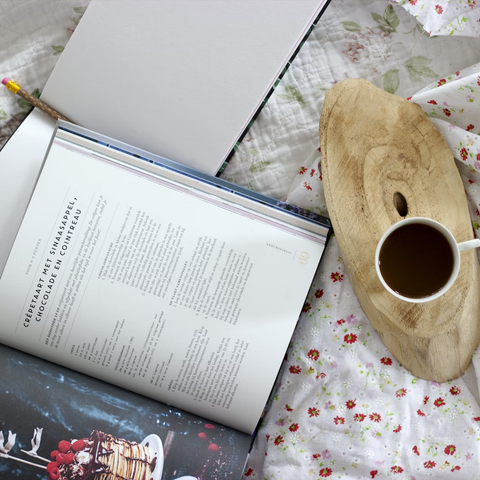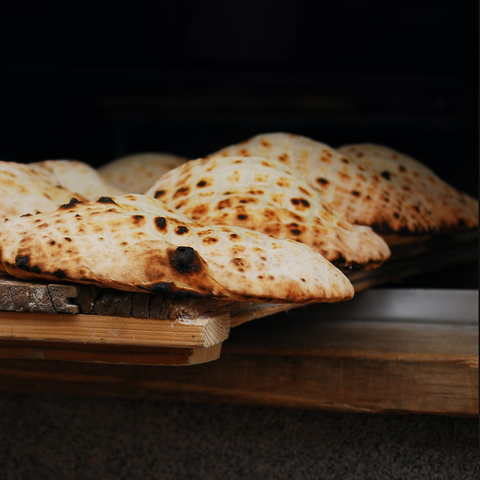
If you've ever wondered how to make your own sourdough starter, wonder no more! This guide will show you everything you need to know, from what ingredients to use, to how to care for your starter once it's made.
So let's get started!
First off, what is a sourdough starter?
Without getting too technical, a sourdough starter is a symbiotic community of bacteria and wild yeast. Both yeast and bacteria feed on the carbohydrates present in flour when hydrated with water and allowed to ferment, releasing gases which also eventually help the bread to rise.
So... why do we need sourdough starter again?
To get that springy, tangy flavour in sourdough breads, you will need to use a little bit of sourdough starters to get the bread to rise.

What do I need to start?
Ingredients:
- Unbleached All-Purpose Flour from Kilogramme
- Rye or Wheat Flour
- Water
Equipment:
- A jar, we recommend the Weck Jar Mold (the 782 or 743 would be a good bet!)
- A spatula
- A weighing scale
How do I start?
First, you'll need some flour and water. You can use any type of flour, but we recommend using bread flour. The ratio of flour to water is 1:1 by weight. So, for example, if you use 120 grams of flour, you'll need 120 grams of water.
Next, mix the flour and water together until it forms a sticky dough. Then, cover the bowl with a (non-airtight) lid and let it sit at room temperature for 24 hours.
After 24 hours, you should see some bubbles forming on the surface of the dough. This means that the wild yeast in the air is starting to feed on the flour and produce carbon dioxide gas.
At this point, you need to "feed" your starter by adding more flour and water. The ratio of flour to water is still 1:1, but you can add a little more or less depending on how much starter you want to end up with. For example, if you started with 120 grams of flour, you can add 60 grams of flour and 120 ml of water.
Stir the starter until all the flour is absorbed, then cover it and let it sit at room temperature for another 24 hours.
What happens after I create the starter?
You should continue to feed your starter every day, using the same 1:1 ratio of flour to water. After a few days, you may notice that your starter is getting bubbly and doubling in size after each feeding. This is a good sign that your starter is healthy and active. Once your starter starts bubbling, discard half the amount of starter and feed it again using the same 1:1 ratio of flour to water.
Once your starter is ready, you can use it to make bread or other sourdough recipes. If you're not ready to use it yet, you can store your starter in the fridge for up to a week. Just be sure to feed it once a week to keep it alive.
If you want to get really serious about sourdough baking, you can check out our guide on how to make sourdough breads. This method uses wild yeast instead of commercial yeast, and it takes a bit longer to get going. But the flavor of your sourdough bread will be even better if you use a starter made with wild yeast.
Do you have a favorite sourdough recipe?
Share it with us in the comments below!



Comments (0)
There are no comments for this article. Be the first one to leave a message!